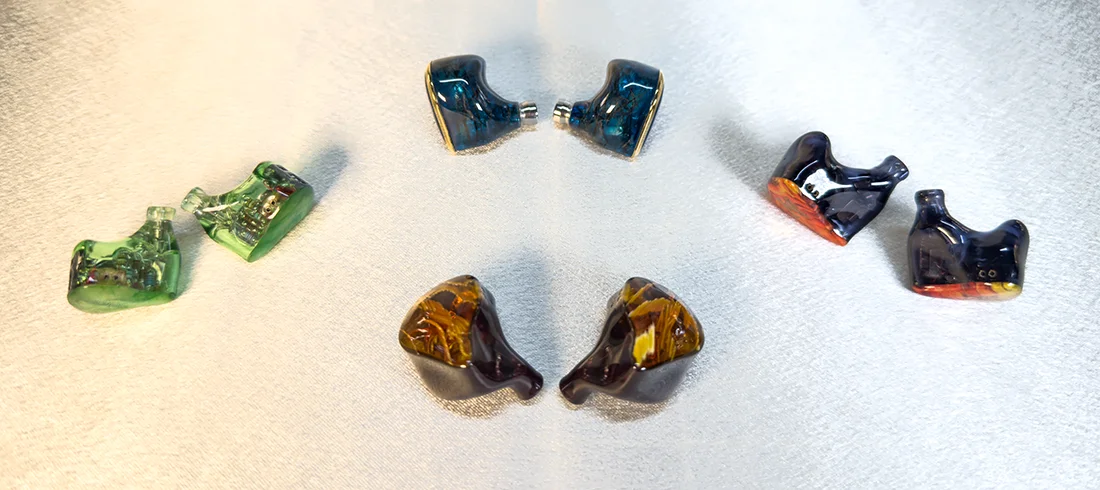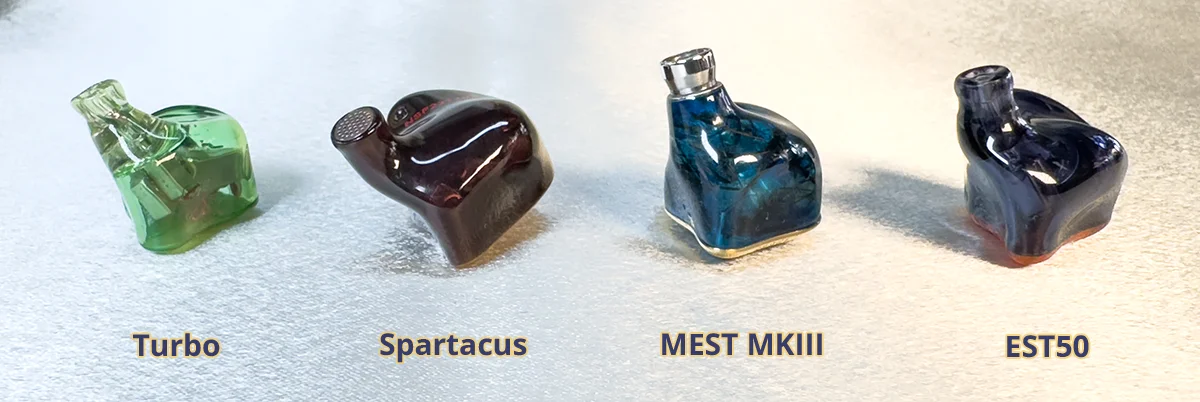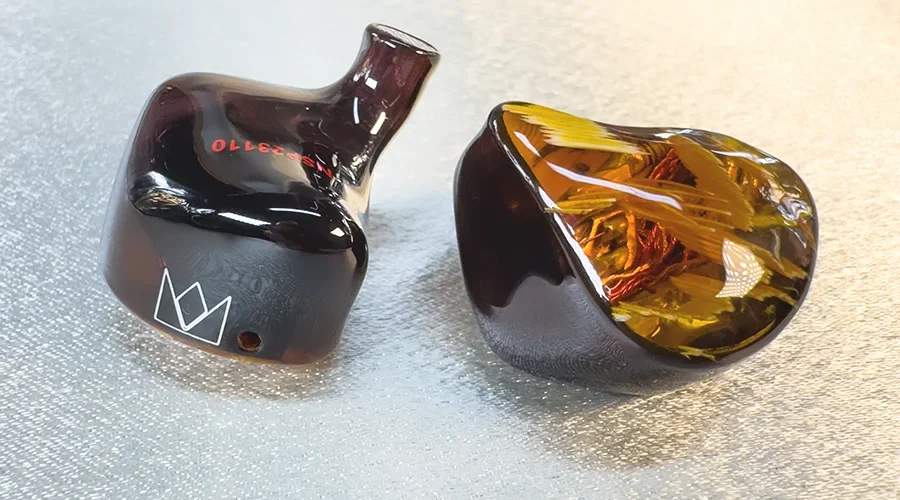IEM Comparisons

I compared Spartacus with a number of IEMs at hand using the Hiby R6 Pro II I recently reviewed, with Spartacus requiring a volume level of 21 in hi-gain, AB mode.
ISN EST50 (USD $449)

The EST50s are slightly smaller and stick out a bit less. I also find their shells are narrower in the areas near the nozzle that makes contact with my ear so they don’t fit as snugly as Spartacus, which makes them slightly more comfortable but they don’t seal as strongly. Requiring 19 volume on the R6P2 they’re similarly easy to drive.
It’s immediately obvious the EST50s’ DD-fuelled bass is much slower than that of Spartacus and struggles to keep up with fast paced music, but the EST50s’ bass does boast more satisfying slam & texture. However the EST50s sound more congested with a soundstage that’s both narrower & shallower. They’re also darker, with a warmer, lower-resolution presentation that can get a little boomy at times.
Like Spartacus the EST50s are a bass-first IEM, but it feels like so many other aspects of their presentation have been sacrificed to achieve this whereas Spartacus is feels far more open, resolving and refined despite bass quantity being fairly similar.
Penon Turbo (USD $549)

The Turbos are much smaller, lighter & far more comfortable than Spartacus but don’t isolate nearly as well thanks to less bulk blocking the ear opening. Requiring 25 volume on the R6P2 they’re slightly harder to drive.
The Turbos’ are more midbass-emphasised and their bass texture isn’t as impressive, feeling a little mushier than that of Spartacus. Turbos’ midrange is positioned further back and their overall tonality is more polite than Spartacus’ who’s midrange is much richer and more forward, but can feel more aggressive as a result. The Turbos are also tuned darker, which is perhaps responsible for their imaging being less defined.
Spartacus definitely have a blacker background with superior dynamics & better note weight, and although they’re more resolving the resolution gap isn’t massive. Spartacus’ soundstage is also wider, and I find their tonality a lot more musical & engaging whereas the Turbos come across as a little more tonally “hi-fi” & artificial.
Unique Melody Mest MKIII (USD $1899)

MEST MKIII is about the same size as Spartacus but a little thinner in the section that makes contact with my ear so they’re slightly more comfortable but don’t isolate as effectively. It must be said the MKIII stock cable has some of the worst ergonomics of any cable I’ve tried, being especially stiff below the Y-split. Requiring 23 volume on the R6P2 MEST is similarly easy to drive.
MEST MKIII’s dynamic driver is much faster than the EST50s’ so there isn’t the issue of it struggling to keep up, but bass quantity is definitely lower with much less sub bass presence in particular than Spartacus, though MEST’s DD bass texture is slightly superior but Spartacus comes awfully close.
MEST’s presentation is quite v-shaped and its’ weakness is its’ midrange, with a cooler tonality that feels fairly thin & emotionally unengaging as opposed to Spartacus’ midrange being warmer and much more forward with instruments that sound larger. When it comes to treble the tables are turned, with MEST’s much higher quality treble (particularly upper treble) exposing Spartacus’ shortcoming in this area.
MEST’s stage is deeper with a blacker background but Spartacus’ is wider, and though resolution between them is similar it feels like MEST is resolving slightly more detail simply by pushing more treble at me. MEST’s imaging does feel marginally more precise, though both IEMs appear to utilise their BCDs really well and I wonder if MEST’s slightly higher technical performance is the result of being tuned to prioritise technicality over tonality.
Page 1 – Introduction, Packaging & Ergonomics
Page 2 – Sound Impressions & Technical Performance
Page 3 – IEM Comparisons
Page 4 – More IEM Comparisons
Page 5 – Amplfication Performance & Cable Comparisons
Page 6 – Conclusion


Comments